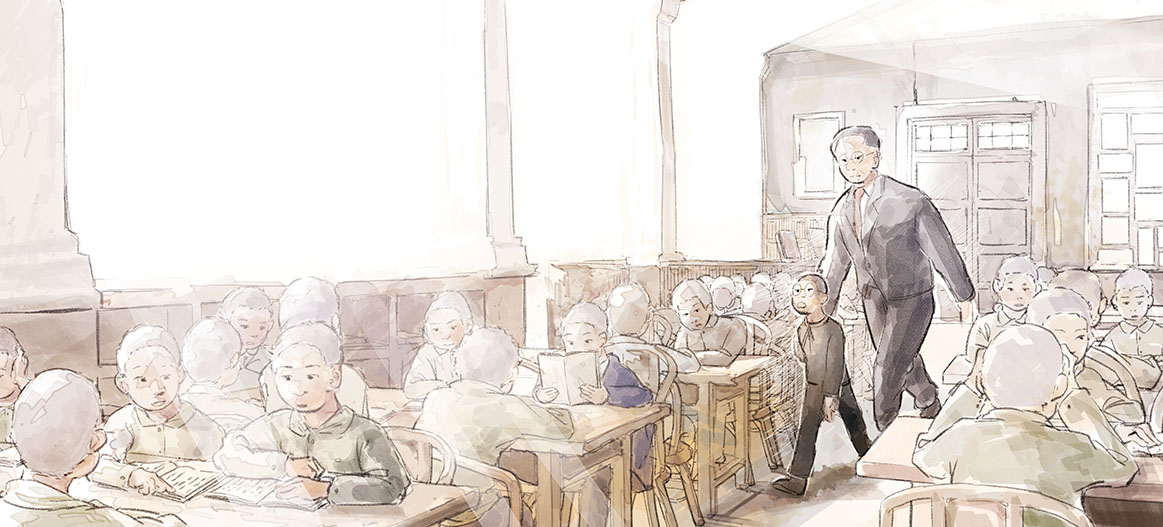
Tsao Yung-Ho: The Historian Who Lived by the Library【Parent-Child Reading Guide】
點閱次數:439
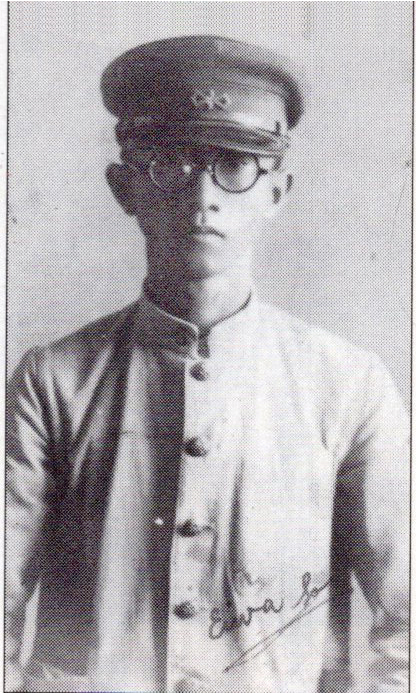
A Book Lover to Begin With
Tsao Yung-Ho was born to an intellectual family in Shihlin on October 27, 1920. His father, Tsao Ssu-Ying, encouraged Tsao in reading. The father introduced his son to Classical Chinese as soon as the latter reached five. He also bought books of fairy tales, and borrowed books from the children’s section of the Government-General of Taiwan’s (GGT) library. Perhaps Tsao’s love of books made him the first pupil to wear glasses in Taihei Public School. He was nicknamed Bak-kiànn (eyeglasses).
In middle school, Tsao’s favorite subject was history, especially biographies like those of Toyotomi Hideyoshi. Tsao spent most of his recess in the school library, so much so that he was eventually asked by the teacher to manage the collection. Tsao liked English classes, too. He made it a habit looking up new words in the dictionaries. However, Tsao was not a sturdy kid, and never did well at exams. Tsao failed the higher school entrance exam. The dream of going to Japan someday to pursue further studies thus slipped away.
Uncertain about the future, Tsao took hour-long walks from Shihlin everyday to find books to read at the GGT library. He mostly read about humanities, history, and Buddhism. It was these six months or so in Tsao’s life that led to his self-study journey. Through an acquaintance, he later found a secretarial position at Shirin Credit Union and Consumers’ Cooperative (today’s Shihlin Farmers’ Association). He spent most of his salary on volumes and monographs of historical research.
A Proper Librarian
Tsao married in 1945. He then left the job at the farmers’ association due to health reasons. On Mr. Yang Yun-Ping’s recommendation, Tsao began working in National Taiwan University (NTU) Library as a librarian in March 1947. Tsao was somewhat averse to politics, and wanted nothing more than reading and doing research. He seemed to have found the right place for himself in an environment teeming with published and written words. He turned himself into a walking index cabinet: He knew exactly what books were on which shelf’s which tier, and he knew what those books were about, because he had studied the multitude of them. Tsao also refitted his own home’s living room and garage into studies. Growing up, his three sons could only remember their father reading here and there and memorizing foreign vocabulary.
Tsao often audited at NTU’s History Department. Prof. Kuwata Rokurō’s lectures on the exchange between the Orient and the Occident became the basis of Tsao’s study in Taiwanese history. Postwar researchers on Taiwanese history liked to investigate Chinese immigrant-settlers during the Ching dynasty. Tsao, however, was not one to be pinned down by Han Chinese records and views. Placing Taiwan in the context of world history, Tsao composed in succession theses on the island’s early-modern deerskin trade, Ming-dynasty fishery, and Dutch and Spanish occupation periods.
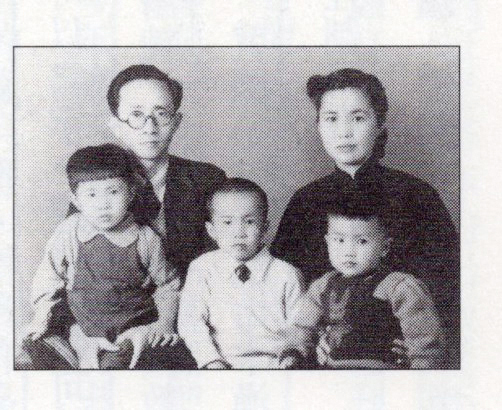
To Learn Early Modern Dutch
While compiling his thesis on deerskin trade, Tsao still resorted to referencing other people’s published work, but he knew the history’s original version lay in 17th-century Dutch material. He began considering learning early Modern Dutch. The NTU Library had abundant files, documents, and books on Taiwanese and Southeast Asian history, including Dutch files, mandarin documents, and Japanese books. The Dutch records were held in a dim, unfrequented corner of the library called the Dimmed Shelves. Tsao began deciphering these records like a detective. He also spent years typing out the old Dutch words in them one by one during his noon break, or copied them on pieces of waste paper. He memorized them while dining, while taking a dump, and even while waiting for the traffic lights. Languages were for Tsao keys to open boxes and boxes of treasure that were hidden in the library.
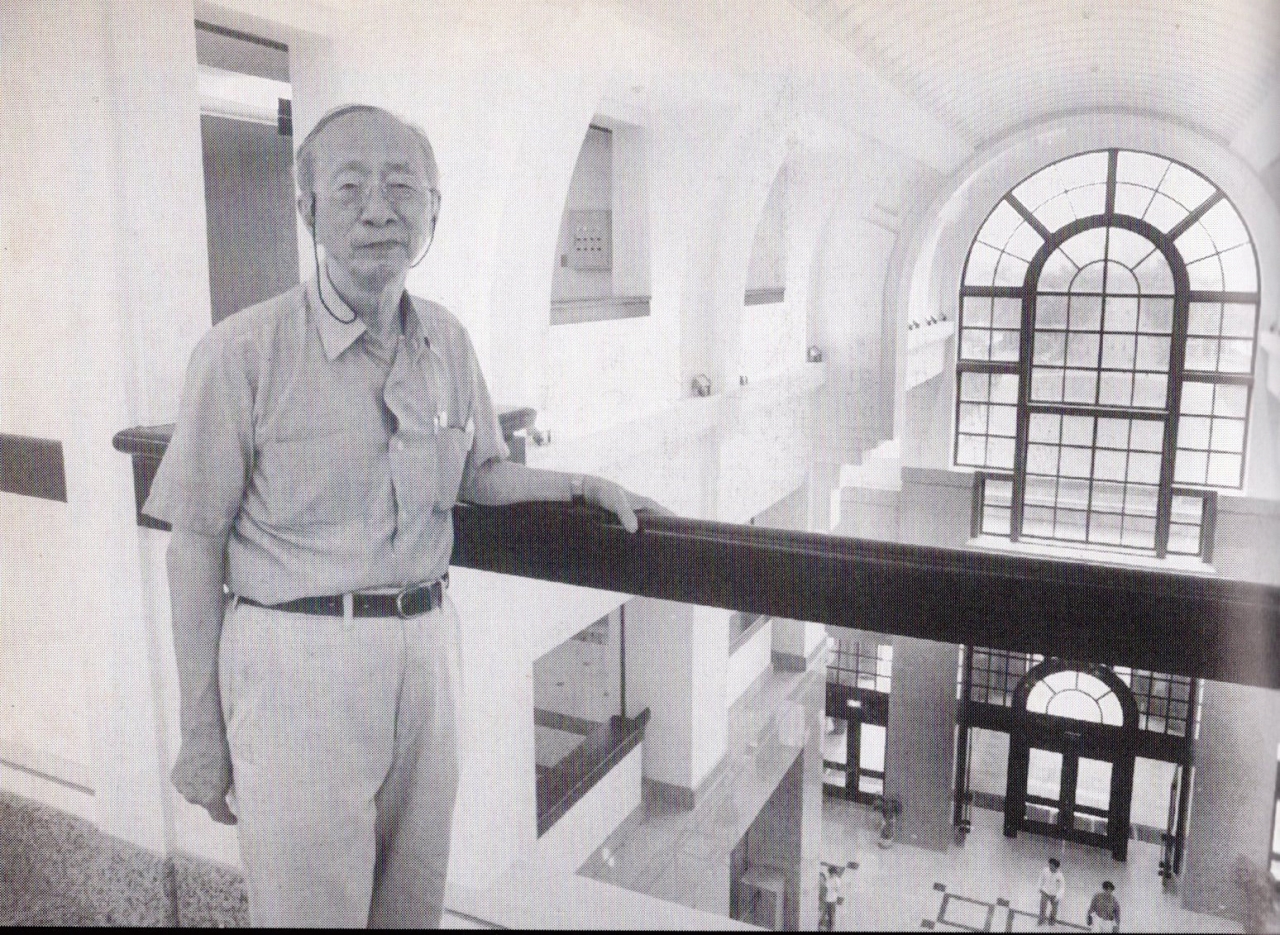
Onto the World Academic Stage
Tsao sent his theses to internationally renowned Japanese historian Iwao Seiichi of the University of Tokyo, who was proficient in 17th-century Dutch. Professor Iwao was pleasantly surprised that a Taiwanese person shared his research interests. Ever since he taught at Taihoku Imperial University, the predecessor to NTU, Iwao had wanted a Taiwanese disciple. Overcoming forests of red tape, he helped Tsao to get a UNESCO grant to do a one-year study in Japan. Iwao held weekly one-on-one early Modern Dutch classes for Tsao. They pored over unpublished Dutch files together. It was a door to the global academia, and Tsao’s dream of studying in Japan came true.
On many levels Iwao opened Tsao’s eyes and made him an established scholar. In turn, the grateful Tsao was always willing to share his knowledge with anyone who asked for it. Dr. Leonard Blussé, a historian and a sinologist, often consulted with Tsao during his study in NTU, and became a lifelong student-friend of Tsao. Their collaboration included editing and annotating De Dagregisters van het Kasteel Zeelandia (The Daily Registers of the Zeelandia Castle). In his capacity as project leader, Blussé invited Tsao over to Leiden University to partake in the momentous work.
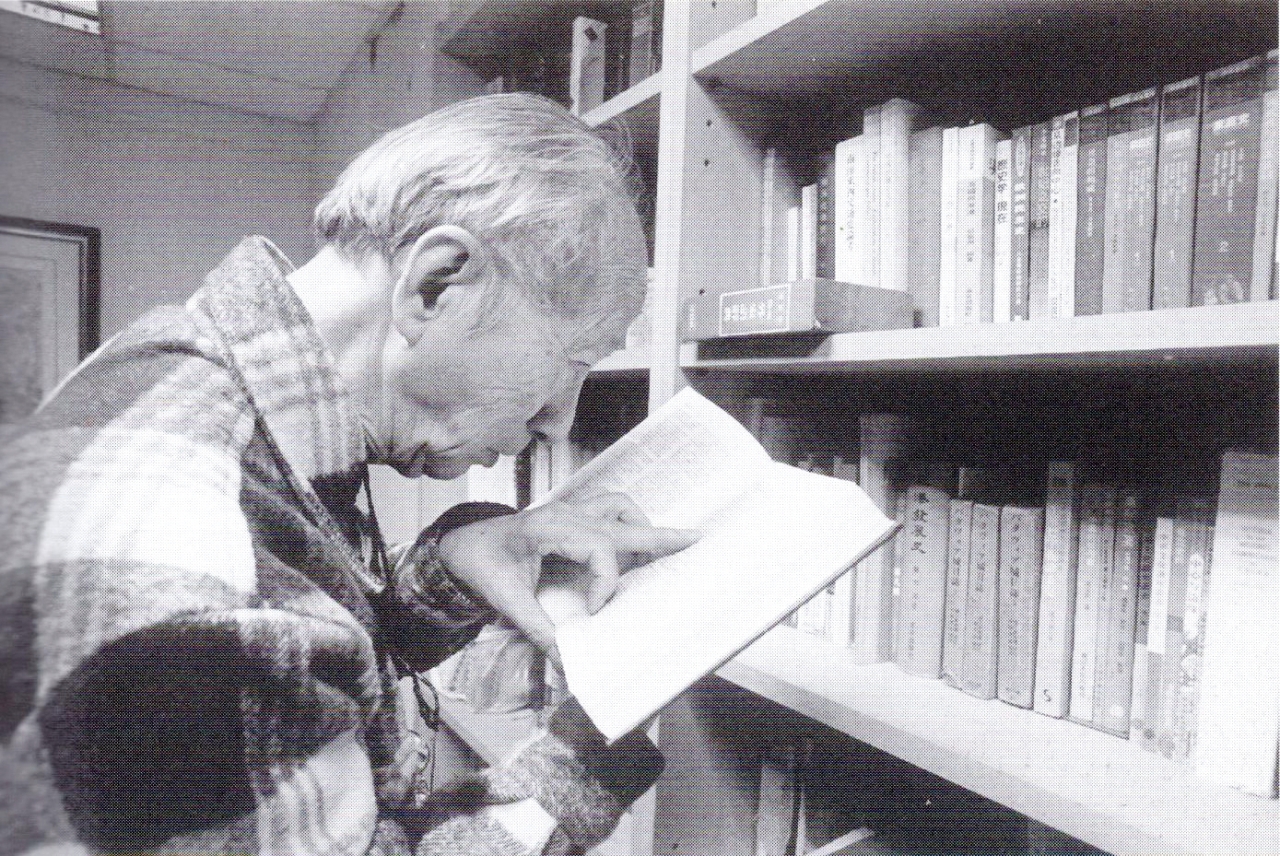
Tsao, Professor Tsao
Though Tsao was already internationally recognized for his expertise in Orient-Occident exchange, Chinese seafaring vicissitudes, and Dutch-era Taiwanese history, he was still technically a middle-school graduate, unqualified to teach in college. In 1984, with many’s help, Tsao was finally made an adjunct research fellow of Academia Sinica, paving the way for him to be jointly hired as a professor by NTU.
Tsao threw himself into the honorable work of teaching. He offered his students everything he knew, opened his home collection for them to read and research, and actively monitored their academic progress. He could even teach them Japanese and early Modern Dutch. All these he did to induce more young men and women to delve into Taiwanese history with him. “What I started would mean much more if incoming researchers could broaden and deepen the field,” Tsao said. In 1998, 78-year-old Tsao was named an ‘Academician’ of Academia Sinica. He was the first Academician specializing in Taiwanese history, and also the oldest ever at the time of accession. In 2009, he was awarded an honorary doctorate by NTU, in addition to being decorated by both Dutch and Japanese governments.
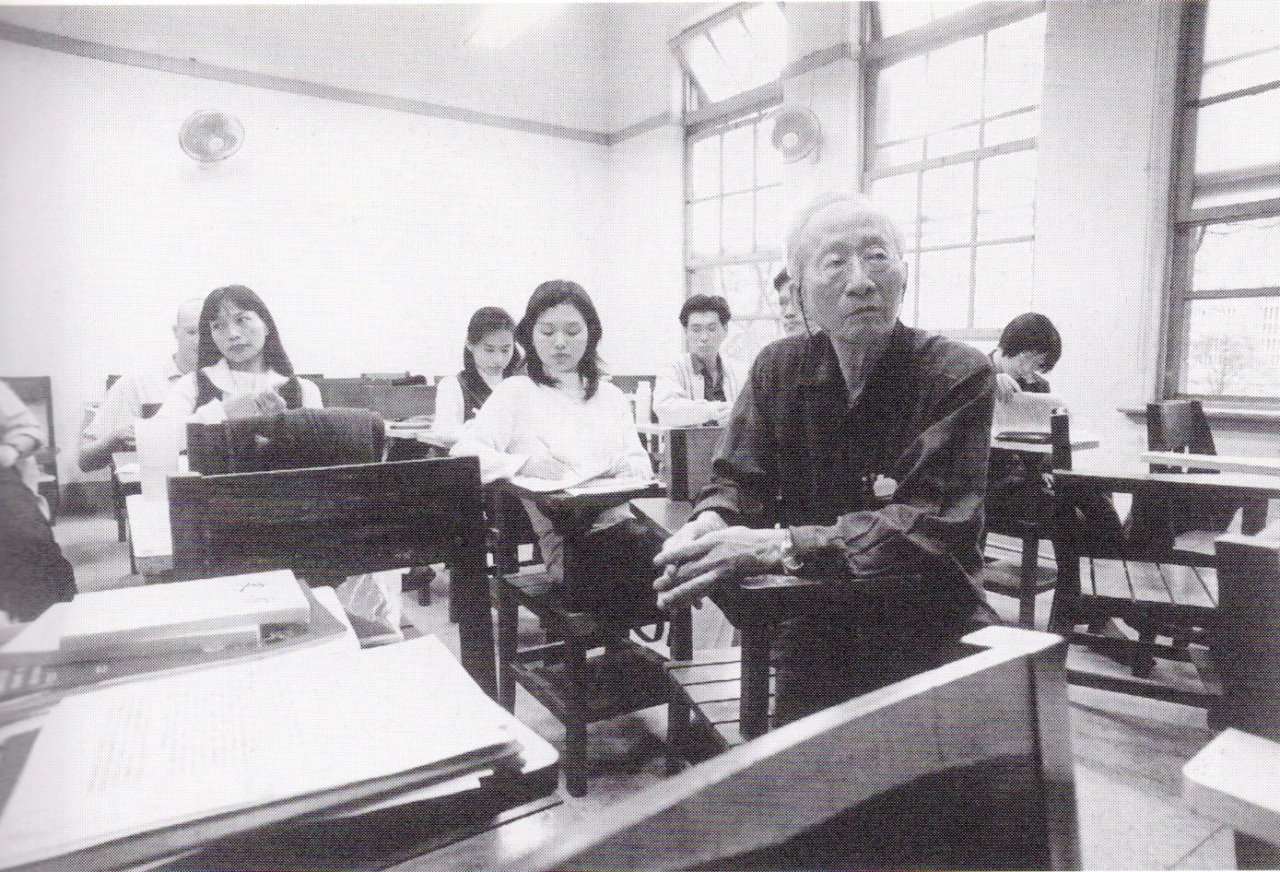
The Concept of Taiwan History
History is woven with people, time, and space. The body of Tsao’s work is considered foresighted because it was place-oriented instead of being rendered from the rulers’ point of view and unmindful of the ruled who lived and breathed on the land. Tsao is not bound by politics or national narratives. In Tsao’s definition, Taiwanese history is the history created by the peoples, from prehistoric times to the present day, of various ethnicities, cultures, and tongues, who set sail (or took their first step) from ancestral homes near and far, and ever arrived and lived on the island. Tsao’s methodology is with the times for it stands with the people in an epoch stressing the commons and the rights thereof. As Tsao developed his human-centered approach, he also put Taiwan in the context of the World, connecting their histories and pushing the boundaries of research to reveal the real complexion of the history of the island.
Will, patience, perseverance, and tenfold diligence were what made self-study work for Tsao Yung-Ho. Thanks to him, we Taiwanese remembered an important part of ourselves, and can now find ourselves a member of world history.
*The publishers would like to thank Mr. Cha Hsin for fact-checking the contents of this book.
*Photographs licensed by Linking Publishing, from A Paradigm of Self-Study: Tsao Yung-Ho, the Pioneer Researcher of Taiwanese History.